Kenta Kojiri + Yasuhiro Morinaga : COROLI
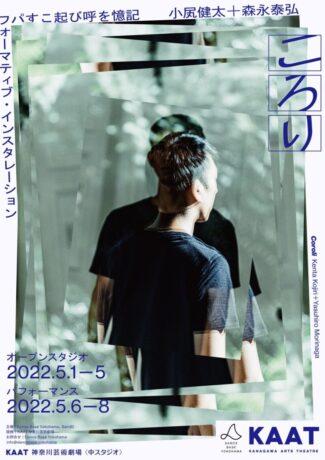



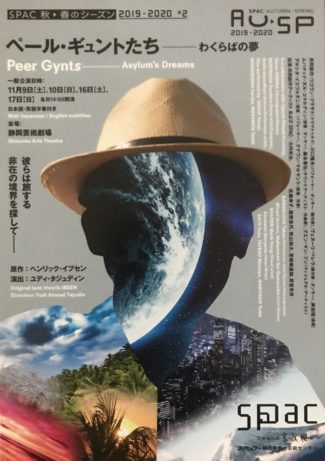
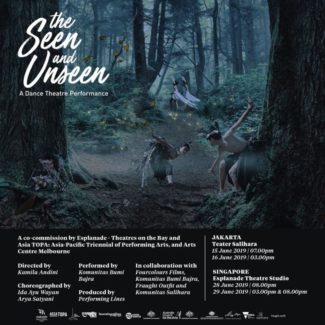



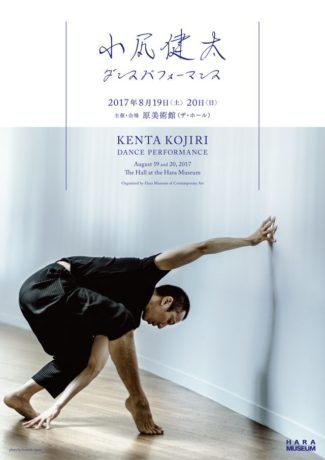
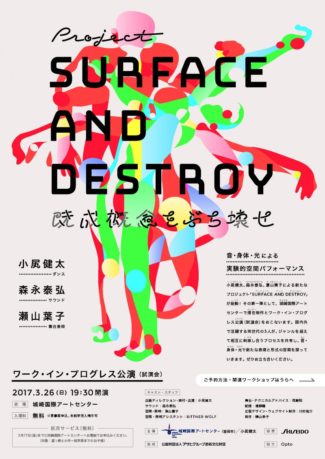



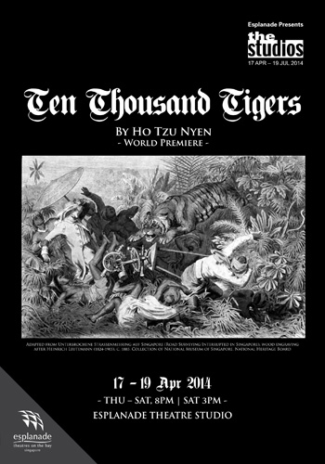
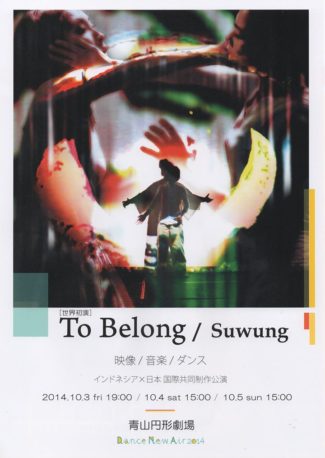
"To Belong / Suwung" is an Indonesia-Japan international collaborative project, in which the choreographer, Akiko Kitamura takes a challenging role. This project, based on elaborative researches since 2010, was performed in Asian countries and earned high evaluations. The latest version of "To Belong / Suwung" was premiered at the Aoyama Round Theatre in Tokyo.
Artists, taking active roles in dances, music, and visual arts got together from each country to perform in this project. Dialogues among generations, contemporary dance, traditional dance, martial art, backbones of each artist, and interactions with keen bodily senses generated intensive magnetic fields.
The artists successfully reached the creation of new stage world by unifying the Indonesian tradition, mystic energy, and the modern expression.

This is a work by Mandeep Raikhy, an Indian choreographer of contemporary dance. He is interested in human physical muscles and created this work from his point of view toward male physical activities and their bases.